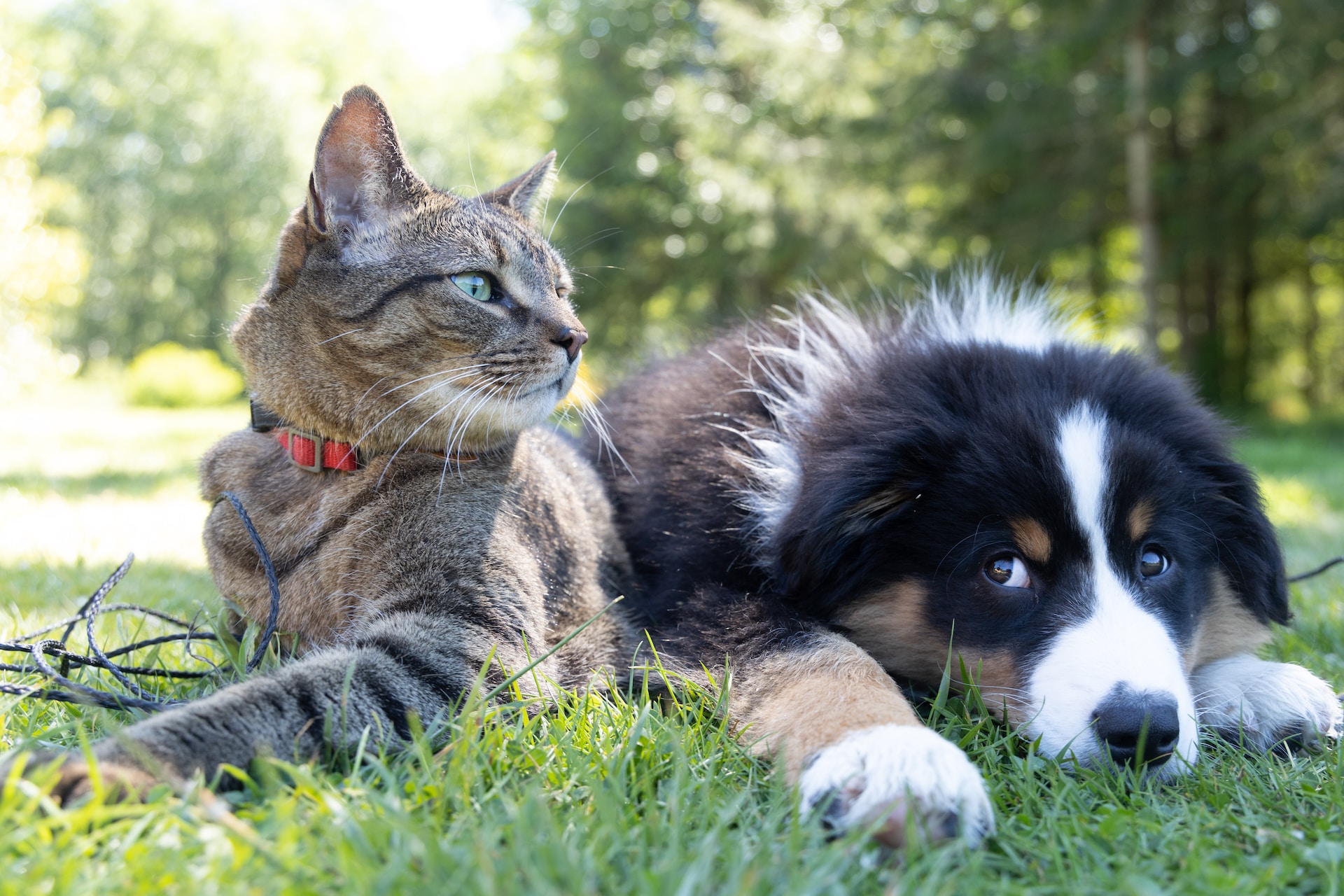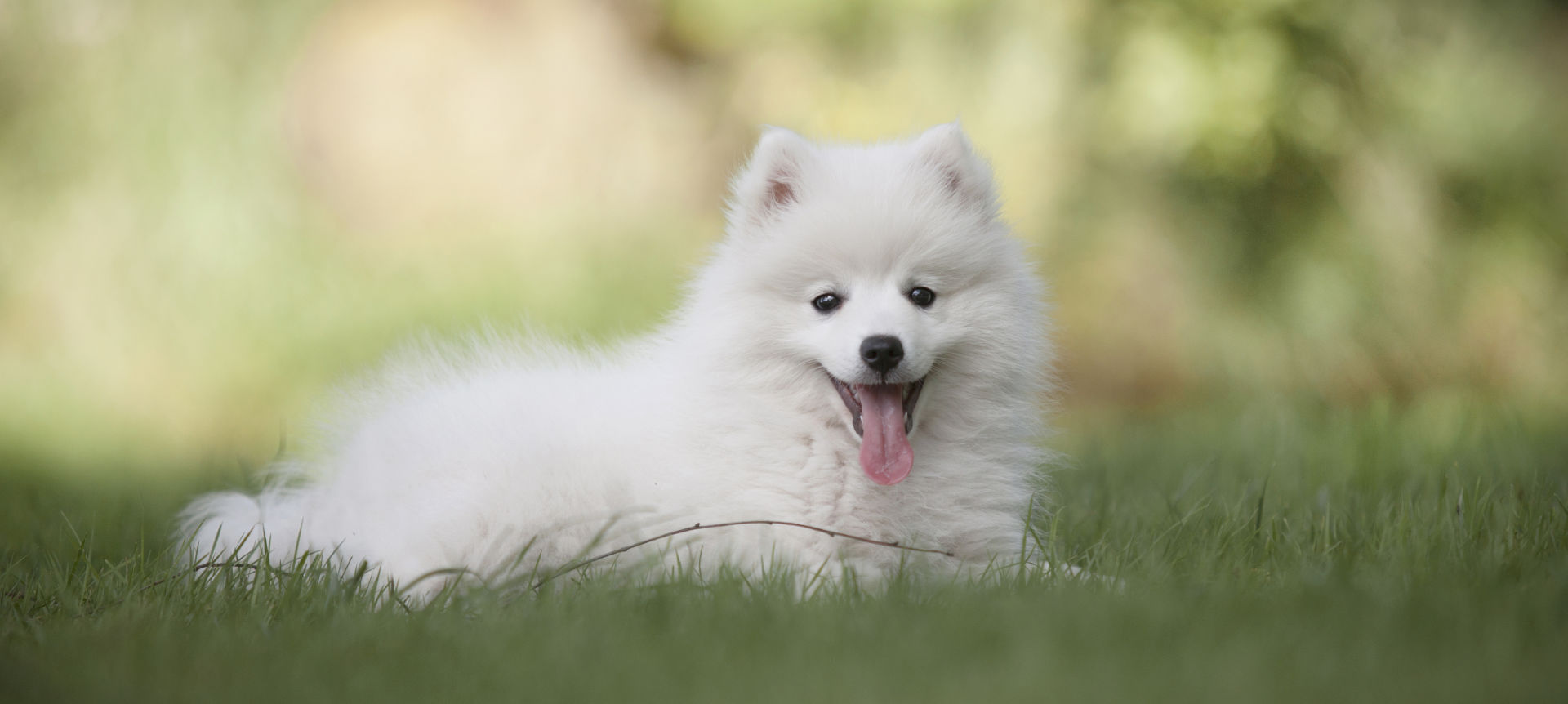
25 May Periodontal Disease (Gum Disease) in Cats and Dogs
Did you know that periodontal disease is the most prevalent of all diseases in cats and dogs? It is present to some degree in at least 70 percent of adult cats and dogs. Periodontal disease is an infectious, inflammatory, and progressive disease. Therefore, it is important to diagnose and stage this disease to decide on the best treatment options.
How Periodontal Disease Affects Cats and Dogs
The periodontium consists of four tissues: the gingiva (gums), periodontal ligament, alveolar bone, and the root cementum. The periodontium protects the teeth. The progression of periodontal disease results in the destruction of the periodontium, and eventual infection, pain, and tooth loss.
Plaque is a slime layer of bacteria that forms on teeth shortly after brushing. If allowed to reside on the tooth for a period of time, it causes gingival inflammation and mineralizes to form tartar (calculus). The attachment of the gingiva to the cementum and bone weakens and gets destroyed.
As the destruction continues, the bacteria travel farther down the root, causing more inflammation and more tissue destruction. As the disease progresses, the bacterial toxins and the patient’s inflammatory response lead to progressive loss of bone, increasing pocket depth (the gap between the teeth and gums), and sometimes gum loss. There are also secondary effects on the rest of the body.
In the awake patient, we can see how much tartar is on the crowns of the teeth. Unfortunately, it is the tartar and inflammation below the gum line that causes the problems. An anesthetic examination with probing around each tooth and dental radiographs are required to diagnose the severity of the disease accurately. With this information, an appropriate treatment plan can be tailored for your pet.
Stages of Periodontal Disease
There are four stages of periodontal disease. The first is the gum disease known as gingivitis. Fortunately, with good home care, gingivitis can be reversed. Stage two, three, and four are diagnosed by the level or degree of loss of the periodontium. The higher the stage, the more the supportive structures of the teeth have eroded.
In the early stages of periodontal disease, treatment might consist of instituting proper home care such as teeth brushing, appropriate chew toys and treats, rinses, etc. As the disease progresses, other treatments such as gingival surgery, tissue regeneration/bone grafting, or dental extraction may be recommended. Even with advanced surgical procedures, regular brushing is needed to maintain periodontal health.
Signs of Periodontal Disease
Signs of periodontal disease in cats and dogs include:
- Tartar accumulation on the teeth
- Red inflamed gums
- Bad breath (halitosis)
- Bleeding gums (especially bleeding when chewing on toys)
- Loose teeth
- Tooth loss
- Difficulty eating or dropping food
- Sneezing or nose drainage
As with all things, prevention is still best—but early detection is key. With detection and appropriate treatments, periodontal disease can be controlled.
Images used under creative commons license – commercial use (5/25/2023). Photo by Andrew S on Unsplash


